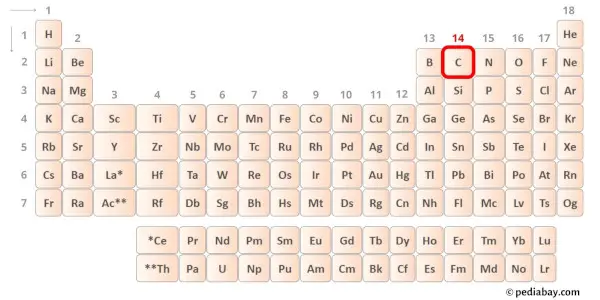How To Identify Open Syllables? Reading Mastery Tips
Understanding the intricacies of language is crucial for effective communication, and one key aspect of this is mastering the identification of open syllables. An open syllable is a syllable that ends in a vowel, and it plays a significant role in determining the pronunciation and rhythm of words. Identifying open syllables can significantly enhance reading skills, as it helps in decoding unfamiliar words and improving fluency. In this comprehensive guide, we will explore what open syllables are, why they are important, and provide tips on how to identify them.
Definition and Importance of Open Syllables
An open syllable is defined as a syllable that ends with a vowel sound. This simple definition belies the complexity and importance of open syllables in the English language. Open syllables are crucial because they affect the pronunciation of words and can change the way a word sounds when spoken. For readers, especially those learning to read or improving their reading skills, recognizing open syllables can be the key to decoding unfamiliar words accurately.
Identifying Open Syllables
Identifying open syllables involves a combination of phonetic awareness, understanding of syllable patterns, and practice. Here are some steps and tips to help master the identification of open syllables:
Phonetic Awareness: The first step in identifying open syllables is developing phonetic awareness. This means being able to hear and manipulate the individual sounds (phonemes) within words. Practice breaking down words into their constituent sounds.
Syllable Division: Learn to divide words into syllables. A syllable usually has one vowel sound. In the case of open syllables, the vowel sound at the end of the syllable is what defines it.
Look for Vowel Endings: Open syllables end in a vowel. When dividing a word into syllables, look for syllables that end in a single vowel letter (a, e, i, o, u, or sometimes y).
Practice with Examples:
- go, me, hi, open, and able are all examples of open syllables.
- Words like pizza, ratio, and cocoa also contain open syllables.
Reading Aloud: Practice reading words that contain open syllables aloud. Pay attention to how the word sounds when you pronounce the vowel at the end of the syllable.
Use of Dictionaries and Pronunciation Guides: For words you’re unsure about, consult a dictionary or a pronunciation guide. Many dictionaries indicate the syllable breaks and provide pronunciation guidance that can help identify open syllables.
Patterns and Exceptions: While there are patterns to identifying open syllables, English is a language full of exceptions. Be prepared to encounter words that don’t follow the typical rules. Practice and exposure to a wide range of vocabulary will help in mastering these exceptions.
Reading Mastery Tips
Mastering the identification of open syllables is a significant step towards reading mastery, but there are additional tips that can further enhance reading skills:
- Fluency Practice: Regular practice in reading aloud can help improve fluency and confidence.
- Vocabulary Expansion: Continuously challenge yourself with new and complex vocabulary. This not only enhances reading skills but also improves comprehension.
- Comprehension Strategies: Develop active reading strategies such as summarizing what you’ve read, identifying main themes, and asking questions about the text.
- Technology and Tools: Utilize reading software, apps, and online resources that provide interactive reading exercises and phonics instruction tailored to your needs.
Conclusion
Identifying open syllables is a fundamental skill for readers that can significantly enhance decoding abilities, fluency, and overall reading comprehension. By following the tips outlined above and dedicating time to practice, readers can improve their mastery of open syllables and move towards a more confident and proficient reading experience. Remember, the journey to reading mastery is continuous, and every step, including understanding and identifying open syllables, contributes to a stronger foundation in literacy.
FAQ Section
What is an example of an open syllable in a word?
+An example of an open syllable in a word is “go” in “going” or “me” in “memo”. These syllables end in a vowel sound, making them open syllables.
How does identifying open syllables help in reading?
+Identifying open syllables helps readers decode unfamiliar words more accurately and improves pronunciation. This skill enhances fluency and overall reading comprehension by allowing readers to break down complex words into manageable parts.
What are some tips for practicing the identification of open syllables?
+Tips for practicing include developing phonetic awareness, dividing words into syllables, looking for vowel endings, practicing with examples, reading aloud, and using dictionaries or pronunciation guides for unfamiliar words.


